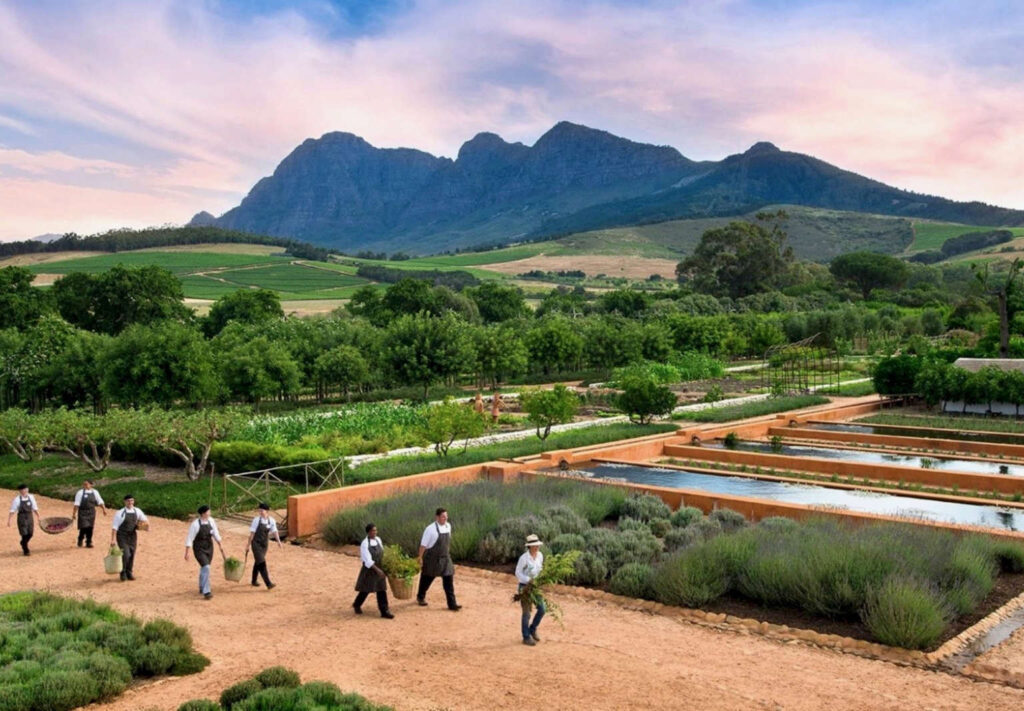
Designing A Garden For A Culinary Obsessive
Once you’ve made your way through your favourite cookbooks, built a relationship with local food suppliers, and have stocked your shelves with an array of delicious and rare spices, you may wonder what’s next. For those looking to take their culinary obsession to the next level, one that can dramatically improve their dishes and impress their friends and family, you need to look no further than your garden.
Those whose garden space is limited, or perhaps even those who enjoy the luxury of a balcony or large window space, much of the same advantage is available to you because even a small amount of outdoor space can bring significant returns, whether as a modest batch of vegetables or a generous supply of herbs and spices. So, to help you transform your garden into a space of great gastronomic value, here are the design tips you need to know.
Pots Of Any Size
Not every home has access to a plot of land, one that accommodates rows of potatoes and carrots. Some gardens are designed solely with concrete, while others only have the wood of balconies. Thankfully, pots, and pots of any size, can be used for an array of foods.
Not only are they modular, meaning that they can be moved and stacked to fit even small spaces, but they also prevent weeds, are simple to water with regularity, and can even encourage the shape of certain vegetables. So, no matter what the environment of your garden, pots can be an amazing starting point for growing food.
Outbuildings
If you don’t have the room for a greenhouse or are looking for the space to cure ingredients, then look no further than your shed. While typically reserved for storage, garden sheds are actually the ideal environments for all types of culinary endeavours. Their potential ventilation can be perfect for curing, their versatility can lend itself to smoking infusions, and their covered space can be ideal for growing climate-sensitive plants in lieu of a greenhouse.
Wild Plants
If you’re renting your property or are unable to compromise the design too much, fear not because wild plants, occasionally and wrongly referred to as weeds, can be just as brilliant to kitchen creativity. Garlic mustard, alexanders, nettles, hedge bedstraw, and even dandelions can all be incorporated in various ways into your recipes. While it is important to understand the ingredients you cultivate within your garden, there are a surprising amount of wild plants that we remove from our garden before realising their nutritional and flavour value.
Build An Asset
Developing your culinary skills might involve getting creating with your equipment. For instance, your oven-baked bread might be near perfect but could it compare to one baked inside your own stone pizza oven? If your garden’s lawn space could be more useful as a grill or oven, one made from natural materials to imbue a great flavour into your foods, as well as give you a greater platform to cook, then it might be worth reconsidering your garden design from the ground up.
